Handcrafted Log Homes
Handcrafted log homes in North America date back to 1638. That is about the time that historians believe that log home construction began in the United States. Historically, log homes were a fast way to create a solid structure that is protected from both predators and the freezing winter temperatures. Log homes also made a great deal of sense considering the easy access to the building materials needed in their construction.
Over time the design elements and construction methods of log homes changed. Technology advancements brought on machines that could mill large volumes of logs, faster and more economical. This leads to beautiful Log homes however they had lost a great deal of the artistry and craftsmanship they were once known for. Traditionalist today prefer the individuality of Handcrafted log homes. Each home is truly a one and only.
Handcrafted construction means just what it implies. Each home is put together by hand, the logs are carefully selected and hand-hewed in such a way to preserve the natural features of the log. A great deal of time and effort go into each Handcrafted log home. Generally, there are three different styles to choose from for which size and shape become options. Those styles differentiate how the logs lay upon each other. You can select from Hand-hewn, Swedish Coped or Chinked style logs. The choice in style will change the look and feel of your home and it is purely a matter of preference.
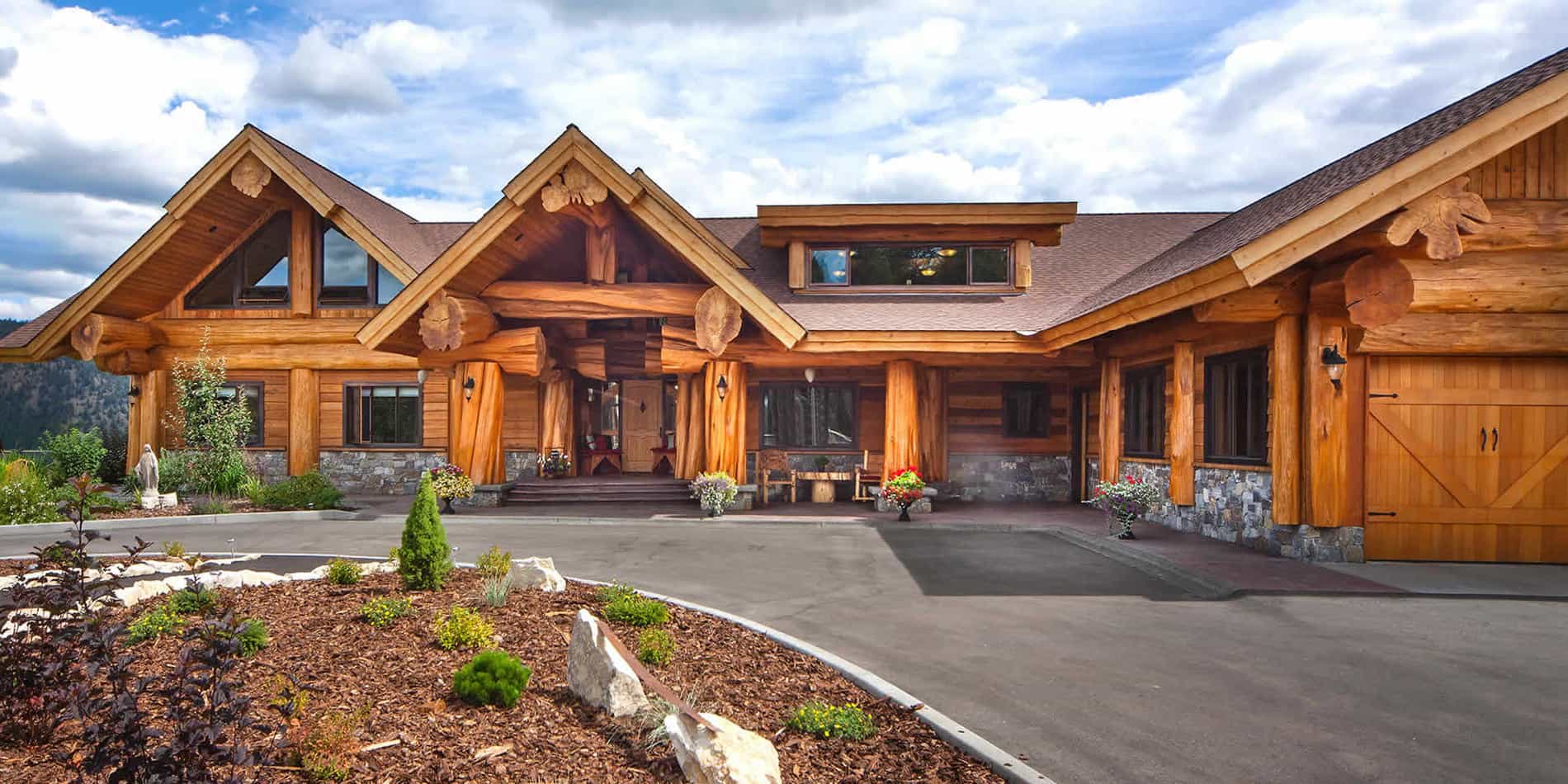
Image courtesy of Pioneer Log Homes
The simplest style is the Chinked Style of log home where no alterations are made to the log other than removing the bark. This style is prone to having caps between the logs. Chinking is a term used when the space between the logs is filled either with a natural or synthetic substance that adheres to the log and prevents water or air from passing through the gaps between each log.
Not every style of log homes requires chinking. Swedish Coped, which is another term for fully or double scribed log. Each log is hand scribed with a concave bottom, allowing the log to sit tightly atop of its adjoining log. Hand-hewn logs are different in the sense that the top and bottom of each log is planned flat allowing for a clean fit. Those three options alone open up the doors to an almost endless number of design elements.

Image courtesy of Precision Craft Log and Timber Homes
Handcrafted versus Milled Logs Homes
A handcrafted log is handled by the craftsman throughout the entire process. That means that the bark is removed by hand using draw knife. The process adds an organic feel to the finished log with visible character flaws that add to the design of the home.
A milled log is processed through a mill where it is debarked and sized and shaped by machines, and often via an automated process. The result is a uniformity to the logs for both shape and size, creating a finished look that is either through sanding or planning. These logs are often milled on two surfaces giving the log a flat top and a flat bottom.
The big difference between a milled log and one that is hand hewn is that with the milled log, you lose the human touch. When a log is hand hewn the best characters of the log are preserved so that the finished log is unique, beautiful. That preservation of unique characteristics makes the finished home arguably more beautiful.
Due to the amount of personal effort and artistry that goes into a Handcrafted Log home, they are generally more expensive to build but the finished product is well worth the difference in cost.
Earth Gear’s Curated Selection of Rustic Decor
Log Home Builders
Log home builders use a variety of processes to build structurally sound log homes. Some offer log home kits that use 100 percent milled logs. Some offer log home packages that use handcrafted or milled logs or a mixture of both types of logs. Some offer naturally dry or kiln dried logs in their log home kits. So, which type of log home is best for you?
The answer to that question comes down to your preference, budget, and goals for your home. Some logs work well as milled timber while others are more suited to handcrafting. The species of tree is also important.
Log home builders take a great deal of pride when manufacturing and assembling a Handcrafted log home. They have carefully chosen each log and worked the wood by hand to protect the beauty of the log. Some even choose a large feature tree that provides support for the home’s structure but also carries a number of the personal characteristics of the family it’s being built for. A good example of that is Pioneer Log Homes in Williams Lake BC.

Image courtesy of Pioneer Log Homes
Pioneer is likely the most well-known manufacturer of handcrafted log homes. They have been building handcrafted log homes for over 40 years and have built spectacular log homes for people from around the world. They are renowned for having large character logs and use primarily western red cedar in all of their homes. You can read more about Pioneer Log Homes here.
There are a large number of Handcrafted log home builders and who you choose will ultimately come down to personal choice. However, it is extremely important to make sure that whoever you choose has a solid reputation and an extensive resume with a large number of happy loyal clients.
Sitka Log Homes is a family owned and run company based out of 100 Mile House BC. The Johnson family has been building Handcrafted Log homes for 40 years and their homes have been featured in magazines in Canada and the United States. They offer a variety of wood types and have a number of Handcrafted log home plans to choose from.
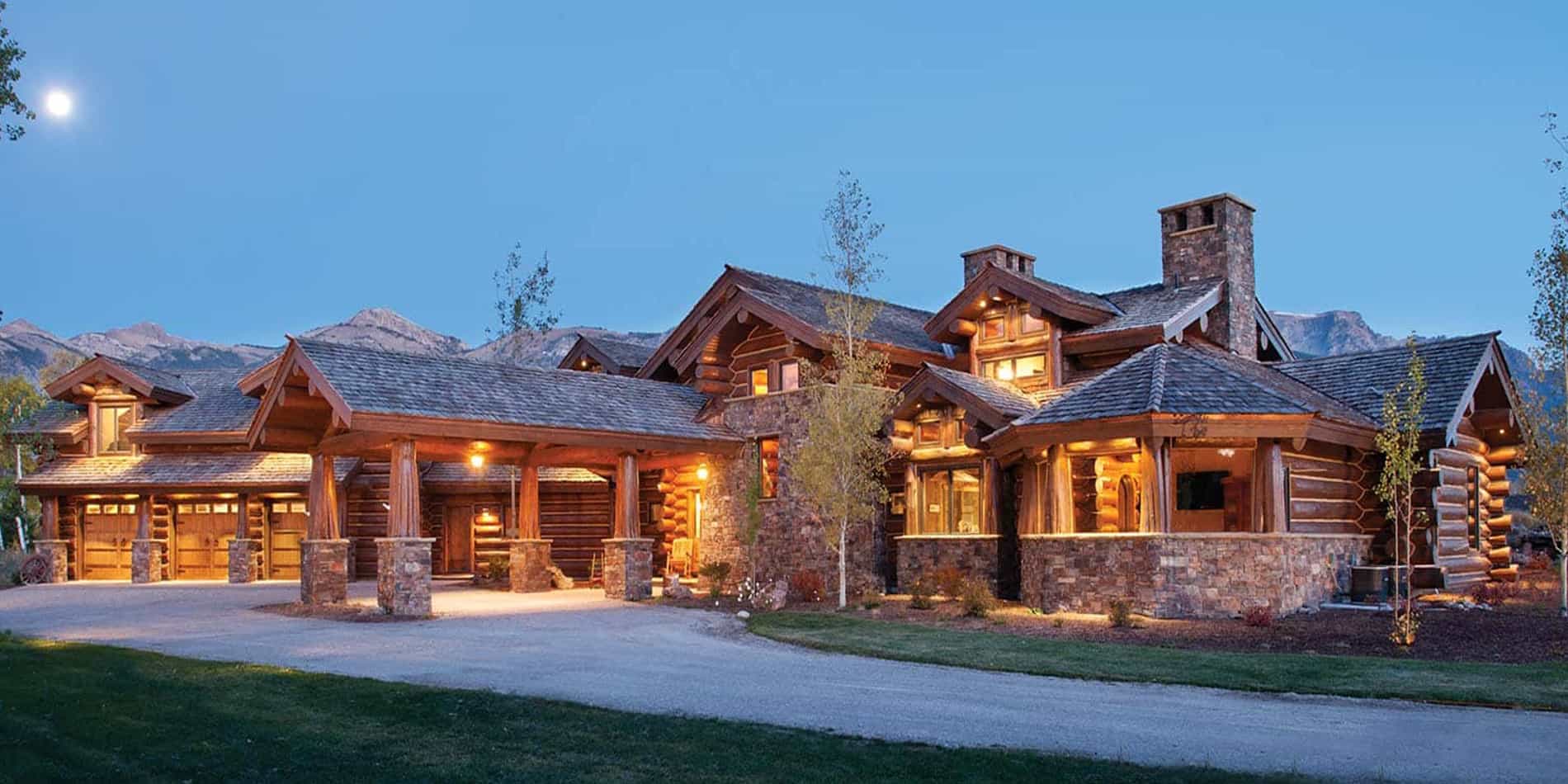
Image courtesy of Precision Crafted Log and Timber Homes
Other Handcrafted log home companies to look at are Precision Craft Log and Timber Homes, Montana Log Homes, Lake Country Log Homes and Summit Log and Timber Homes.
Tree selection and Considerations
Cypress is renown as a tree that both repels insects and resists rotting. While that is true, the statement is misleading. As it turns out it is the cypress heartwood that has most of those benefits while the sap wood is often softer and much lighter in color. Hand hewn logs can take the outer layers of sap wood off so what remains is a beautiful heartwood with all of the properties for which Cedar is prized. Cedar is also one of the most expensive trees to use for log homes. Milled cedar might stack up, but you want to be sure that all of the sap wood is gone.
Douglas Fir is a common wood throughout most of the Pacific Northwest. It makes an excellent tree for log cabins and is often one of the cheapest logs when locally grown. Douglas Fir is used in many building products from high-end veneers to 2x4s and plywood.
White Pine is the tree of choice in the eastern part of the United States and into Canada. When grown locally, this is a lower priced log that makes a solid log home.
Somewhere in the middle are spruce trees which work well as logs for log homes and are often priced just above pine logs. Soft wood trees require more thought and care in wetter climates but offer a price break over hardwoods.
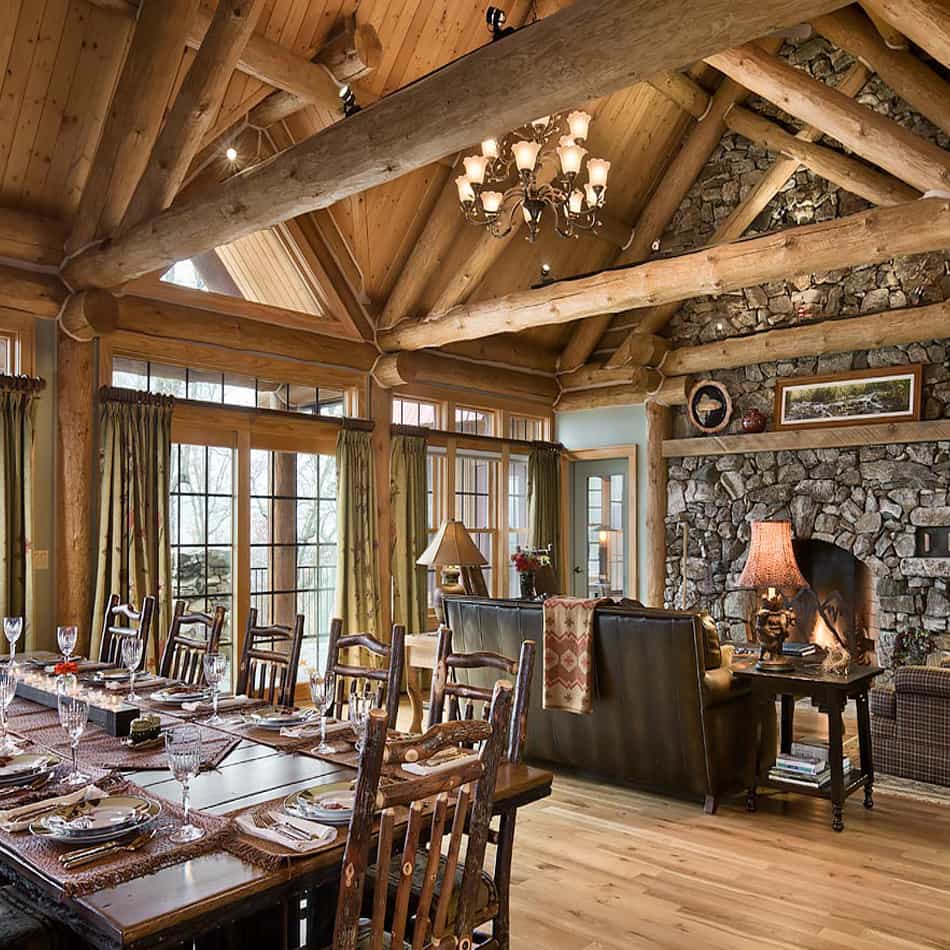
Image courtesy of Roger Wade Studio
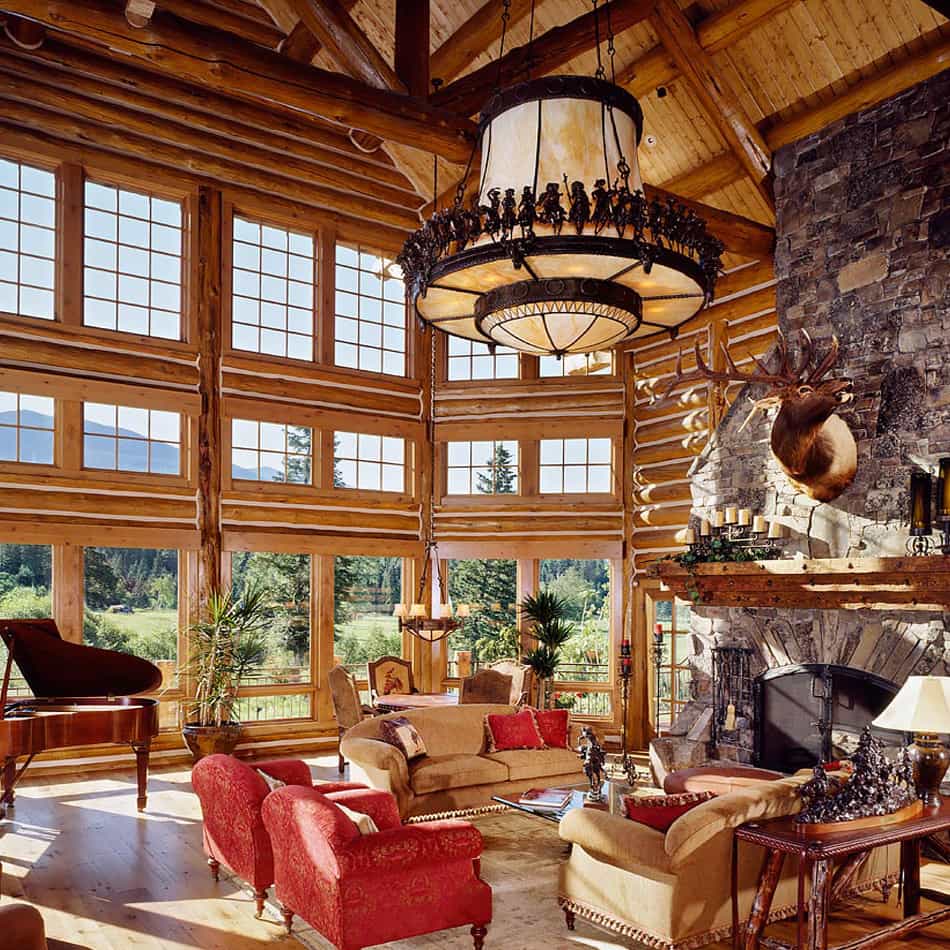
Image courtesy of Roger Wade Studio
How to Finish the Logs
Round or square. Some handcrafted log homes use hand hewn logs that are squared rather than round. Sometimes they square them on three sides and leave the outer area round. The flat edges help to make the inside of the home more modern with flat walls, while the top and bottom of the logs fit together easily. There is no right answer here and whatever you decide is a matter of design style.
The joy of a handcrafted log home is that each log is chosen and then placed according to its esthetics. The logs are left round, so you gain that authentic look. Where walls meet, you have more options such as interlocking corners, dove tailing, butt & Pass, or a corner post.
In some of the bigger and more magnificent handcrafted log homes, massive logs stand as corner posts. The look makes the home seem as though it were grown rather than constructed. Dove tailing is a beautiful finish for a handcrafted home. The logs interlock which is different from what a butt & pass joint does. In a butt & pass joint, one log butts up to the log from the connecting wall. The connecting log runs past the end of the log that butts up to it forming a 90° angle. Each row of logs changes its role so that the corner is locked together. With a butt & pass system you get a right angle, but with a dove tail you end up with a visible joint. Which styles are best? It’s all design aesthetics.
Earth Gear’s Curated Selection of Decor
Size Matters – House Size That Is
Handcrafted log homes range from tiny cabins to near palace-sized buildings. Some of the most beautiful fishing lodges across Alaska and Canada are beautifully constructed handcrafted log homes. The size of your house often dictates the types of logs that you can use. The logs used to support the roof must be of sufficient diameter and add an amazing design feature to the home. These big open vaulted ceilings with exposed logs leave people standing in awe at the grandeur of the home.

Image Courtesy of Roger Wade Studio
The larger handcrafted log homes have great rooms, which are open spaces with a huge fireplace and wide open vaulted ceilings. This is the central focal point of the home and open to the kitchen area. The gathering place for the entire family in the evenings or those long cold winter days. The interior of the great room is divided using soft design elements such as area rugs and furniture that help to define a dining area from a living area. Get some ideas on how to furnish your log home.
Handcrafted log homes are truly inspirational. The beauty and artistry of these homes are sought after from around the world. If you make the choice to build a Handcrafted log home you will have a home that is a personal reflection of yourself and something to pass down from generation to generation.
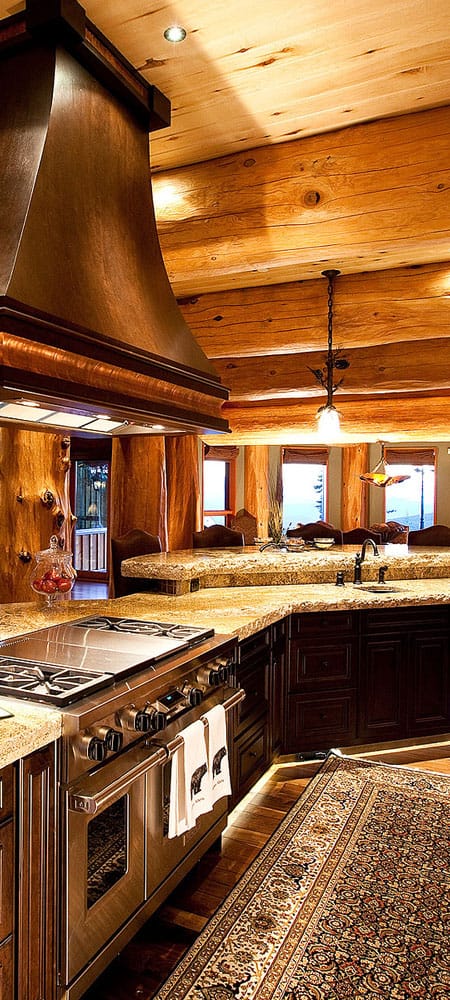
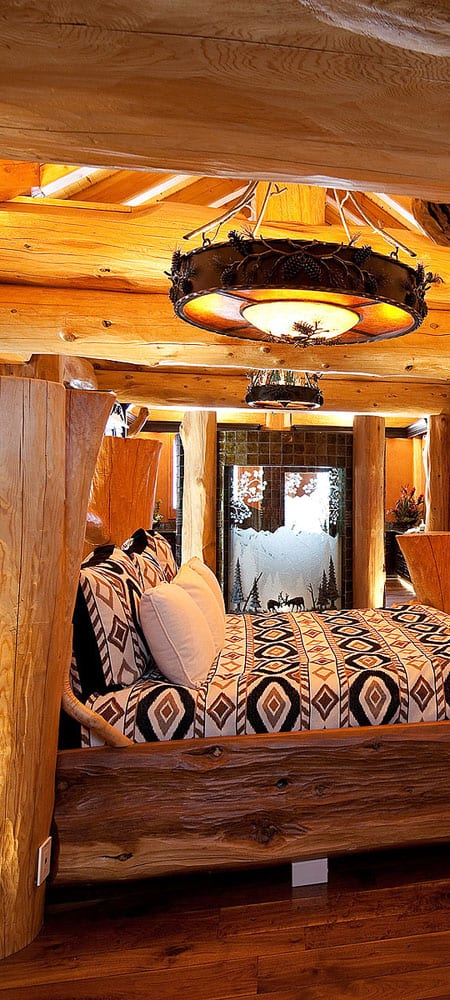

Recent Posts
Fall Hiking Gear
The Best in 2020 Fall Hiking Gear Looking for information on fall hiking gear? No offense to the other seasons, but Autumn is the best time to hike throughout much of the Northern [...]
Sayulita Vacation
Crimson Skies of Sayulita If you are looking for an off-the-beaten-path travel destination, a great place to surf, reflect, rejuvenate, and soak up the sun then look no further than a Sayulita Vacation. This [...]
Big Island Hawaii Things To Do
Big Island Hawaii Things To Do, A Journey of Beauty and Contrast The big island Hawaii has a history datable to 1,500 years ago when a small fleet of canoes landed on the island's [...]
Climbing Mount Rainier
Climbing Mount Rainier Climbing Mount Rainier: At 14,411 feet, Mount Rainier—or Tahoma, as regional American Indian tribes called it—falls a little short of the loftiest Sierra Nevada and Southern Rocky Mountain peaks. You can [...]
Iceland Adventure Travel
Iceland — The land of Fire and Ice Iceland Adventure Travel; Iceland is home to just under 325,000 people who live in a habitable area of 103,000 square kilometers. The largest city is the [...]
Dominican Republic Treehouse Adventure
The Dominican Republic Treehouse Adventure in the Caribbean PRICE FOR 2 PEOPLE $597.00 (Regularly [...]
Climbing Mt Baker
Climbing Mt Baker for the First Time Climbing Mt Baker: Amazing adventure lies just outside your door and such is the case for residents of the Pacific Northwest. A string [...]
Experiencing Joshua Tree National Park
Experiencing Joshua Tree National Park A few years ago while on vacation in Palm Desert, we made the decision to go for a drive and explore the surrounding area outside [...]
Hiking Trail Shoes
Hiking & Trail Shoes - Earth Gear Review Altra Trail Shoes Prior to our trip to Sedona we were approached by Altra Running and offered shoes to test on the desert trails [...]
Sedona Arizona
The Magic of Sedona Arizona We recently traveled to Sedona Arizona to experience first-hand the magical splendor of this beautiful community. We booked our flight and accommodations through TripAdvisor and were extremely pleased with our choice [...]
Sedona Hiking West Fork Trail
Sedona Hiking - West Fork Trail Situated in Oak Creek Canyon 10.5 miles north of Sedona along SR 89A, The West Fork Trail is one of the most beautiful Sedona hiking trails. [...]
Sedona AZ Courthouse Butte Loop
Sedona AZ Hiking - Courthouse Butte Loop Near the Village of Oak Creek, the Courthouse Butte Loop is a pleasant 4.2 mile trail circling Bell Rock and Courthouse Butte. It is best to [...]
Hiking Sedona Brins Mesa Outlook Trail
Hiking Sedona - Brins Mesa Overlook Trail If your looking to get out and turn your hike into a leg burning exercise, then you have to take the Brins Mesa Overlook Trail. The [...]
Wildlife Safety Hiking
Wildlife Safety While On The Trail Bears aren’t the only large animals hikers in North America need to be cognizant of for their own safety. Here are some tips on pursuing good neighborly relations [...]
Bushwacking
Bushwacking Your Way Through the Wilderness Bushwhacking reaps many rewards. Cross-country ramblers often stumble upon stirring sights few human eyes have laid eyes upon: hidden waterfalls, secret wildflower glades, unknown old-growth groves, remote vantages [...]
Cabo San Lucas
Explore Cabo San Lucas Mexico Cabo San Lucas on the southern tip of Baja California is one of the most lauded beach getaways in the Western Hemisphere. Famed for its nonstop nightlife, its heaven-minted [...]

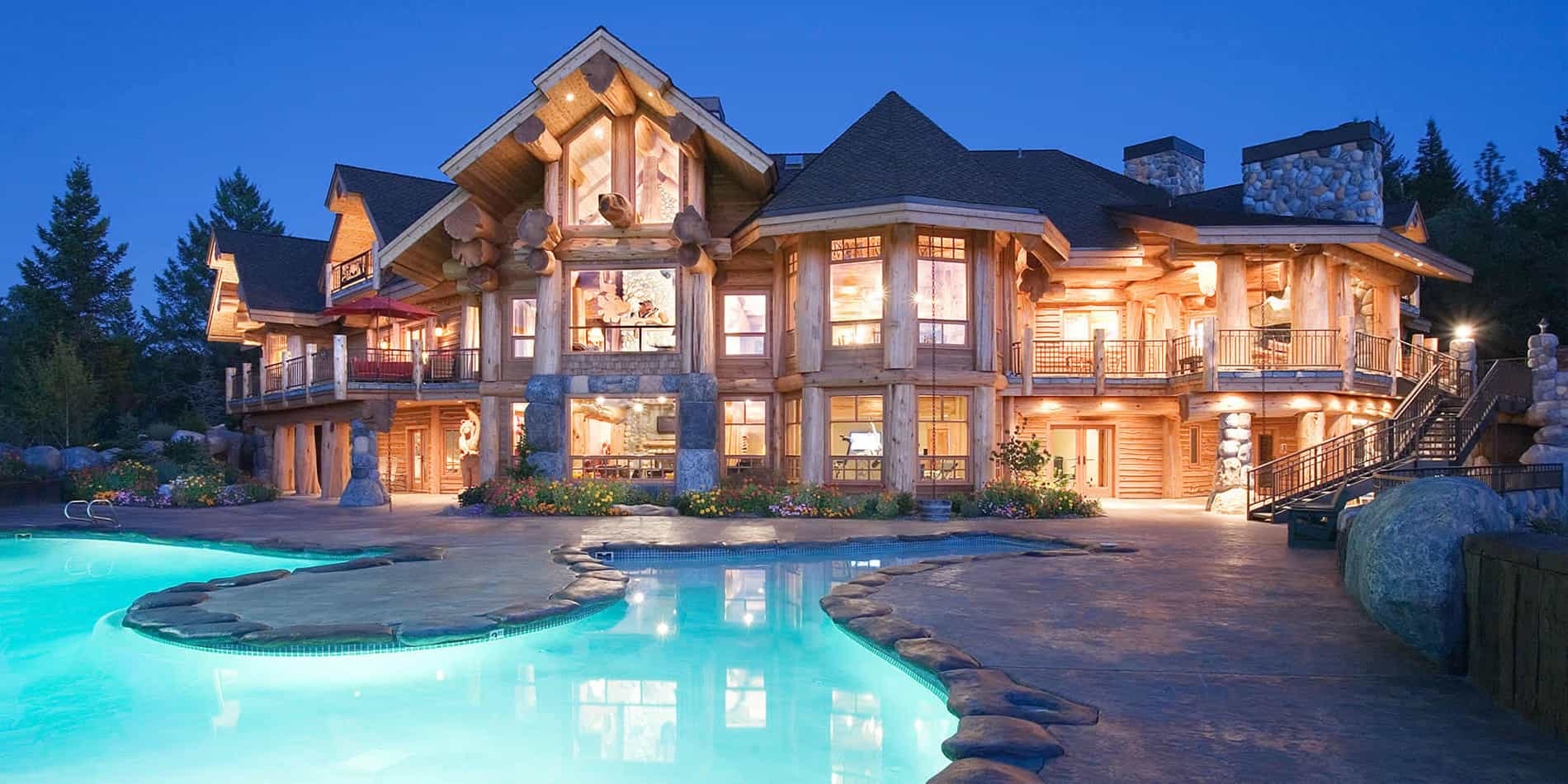
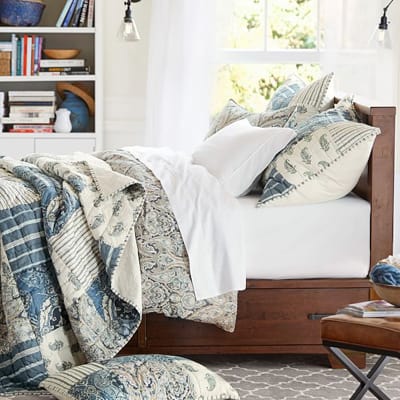

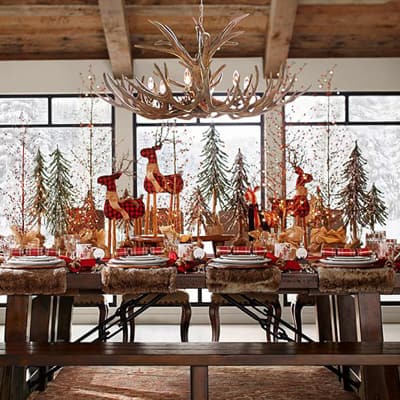

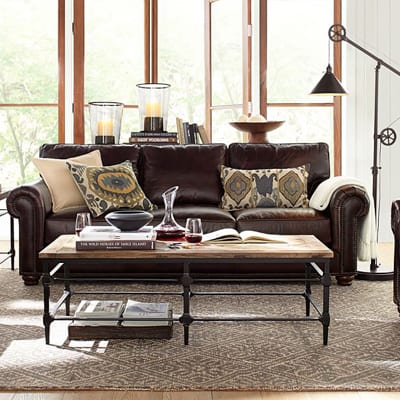
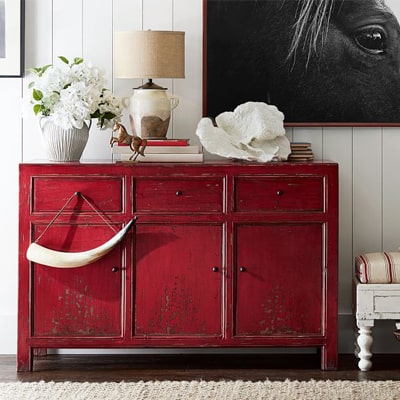



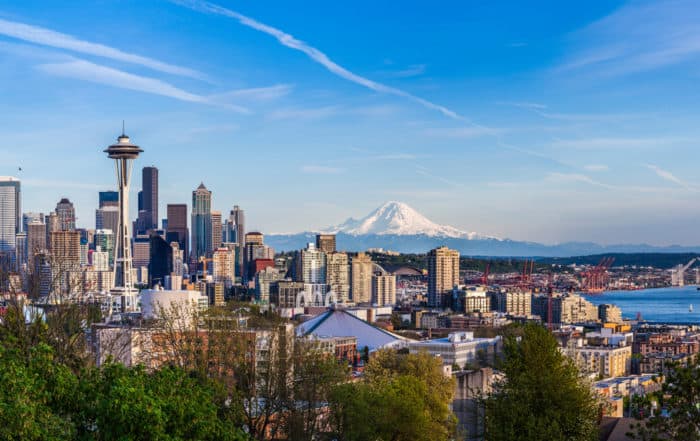

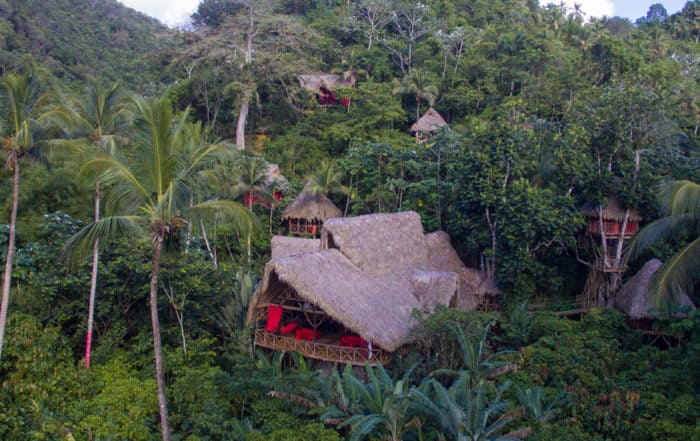
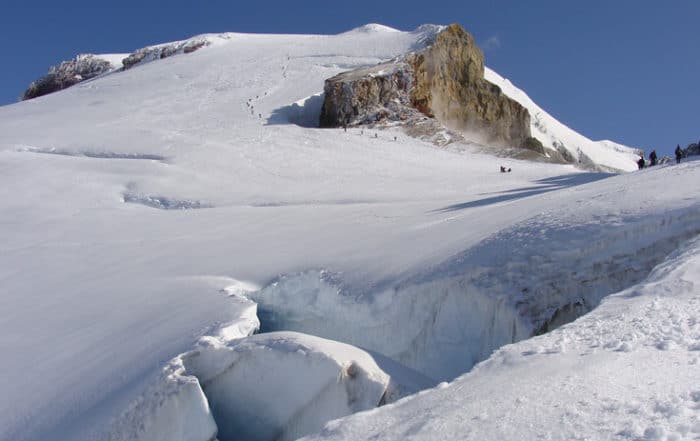


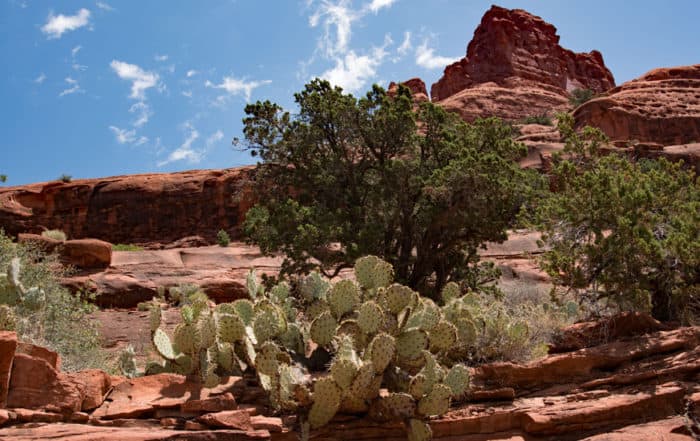



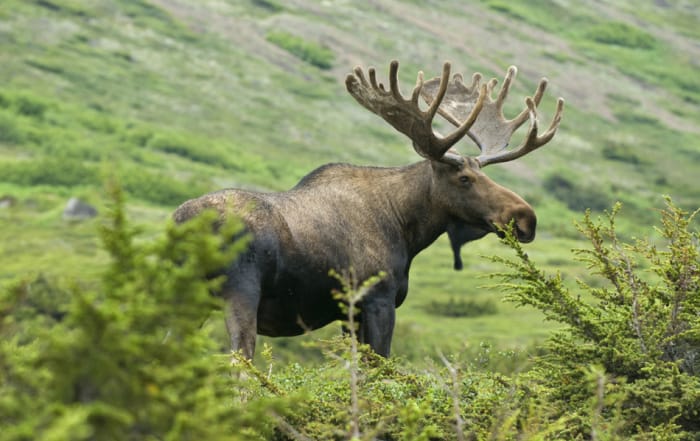


Leave A Comment